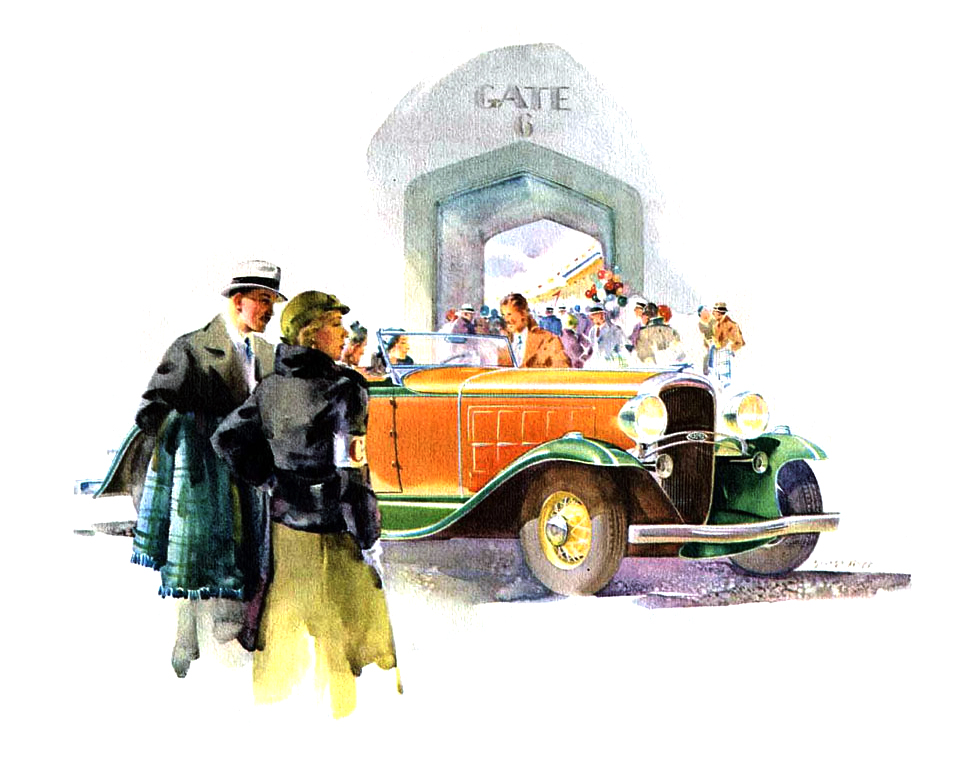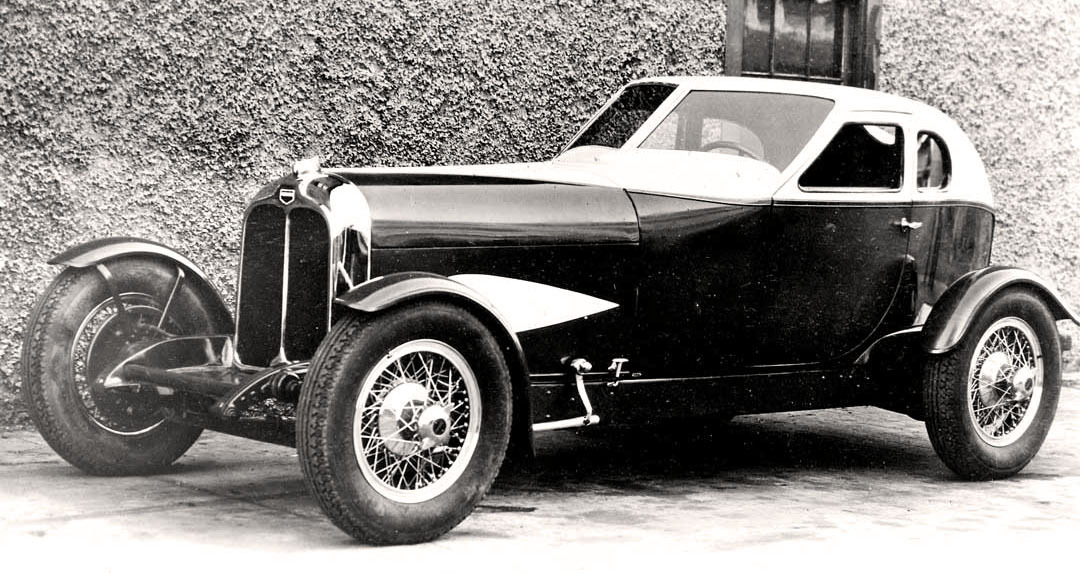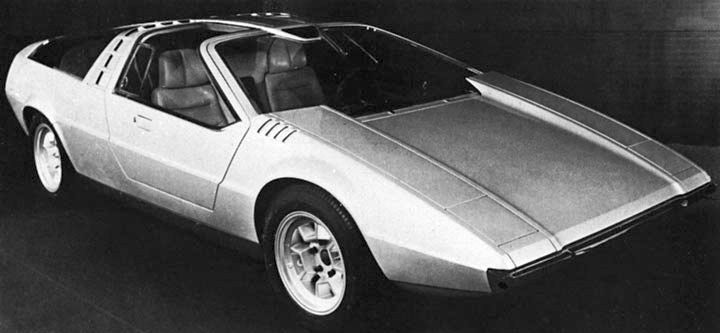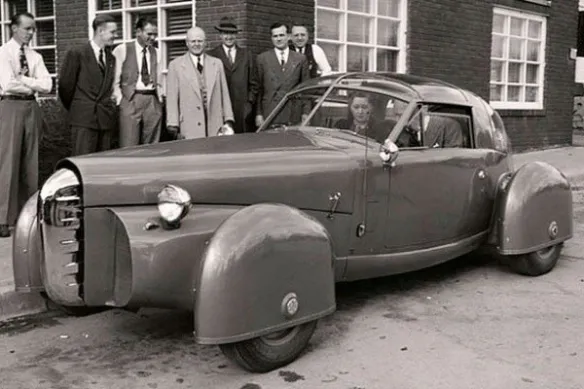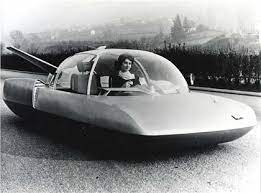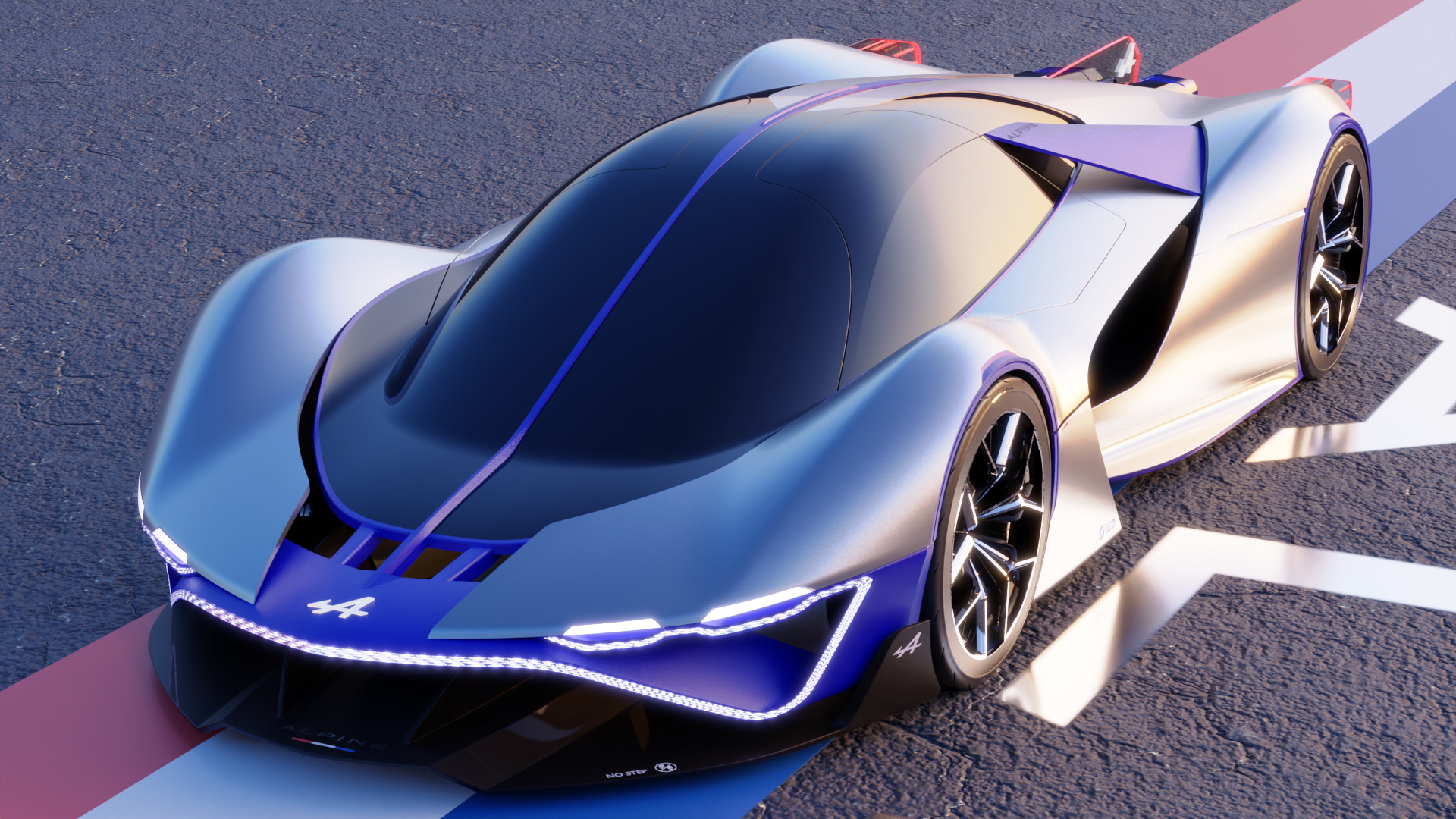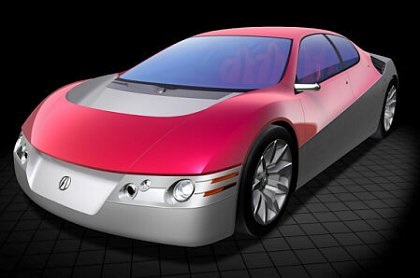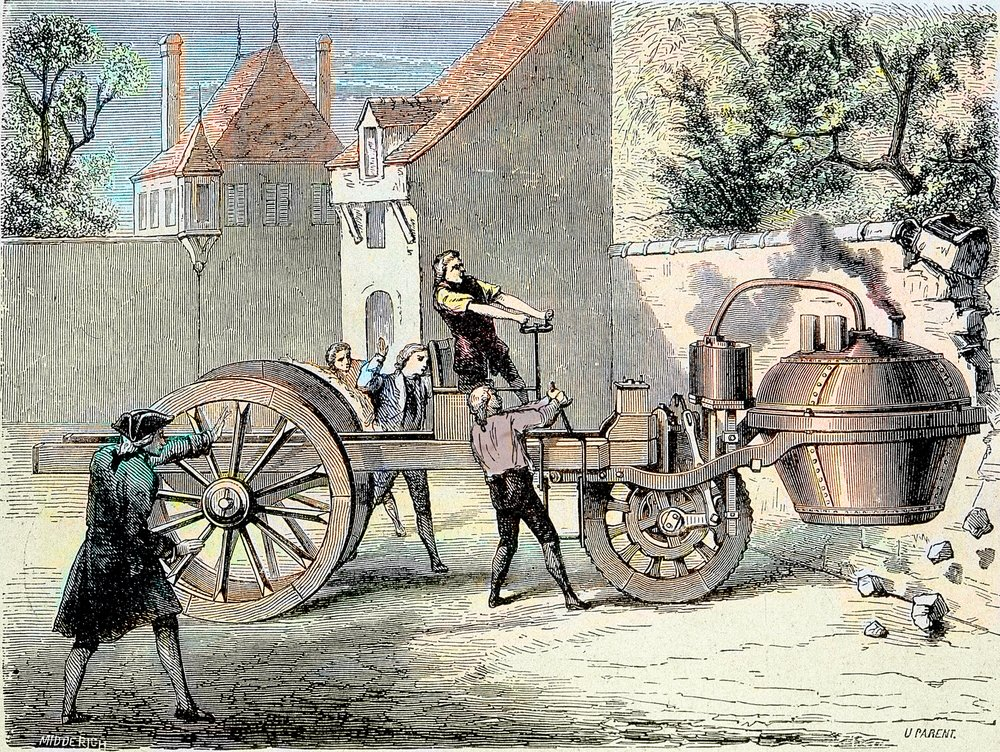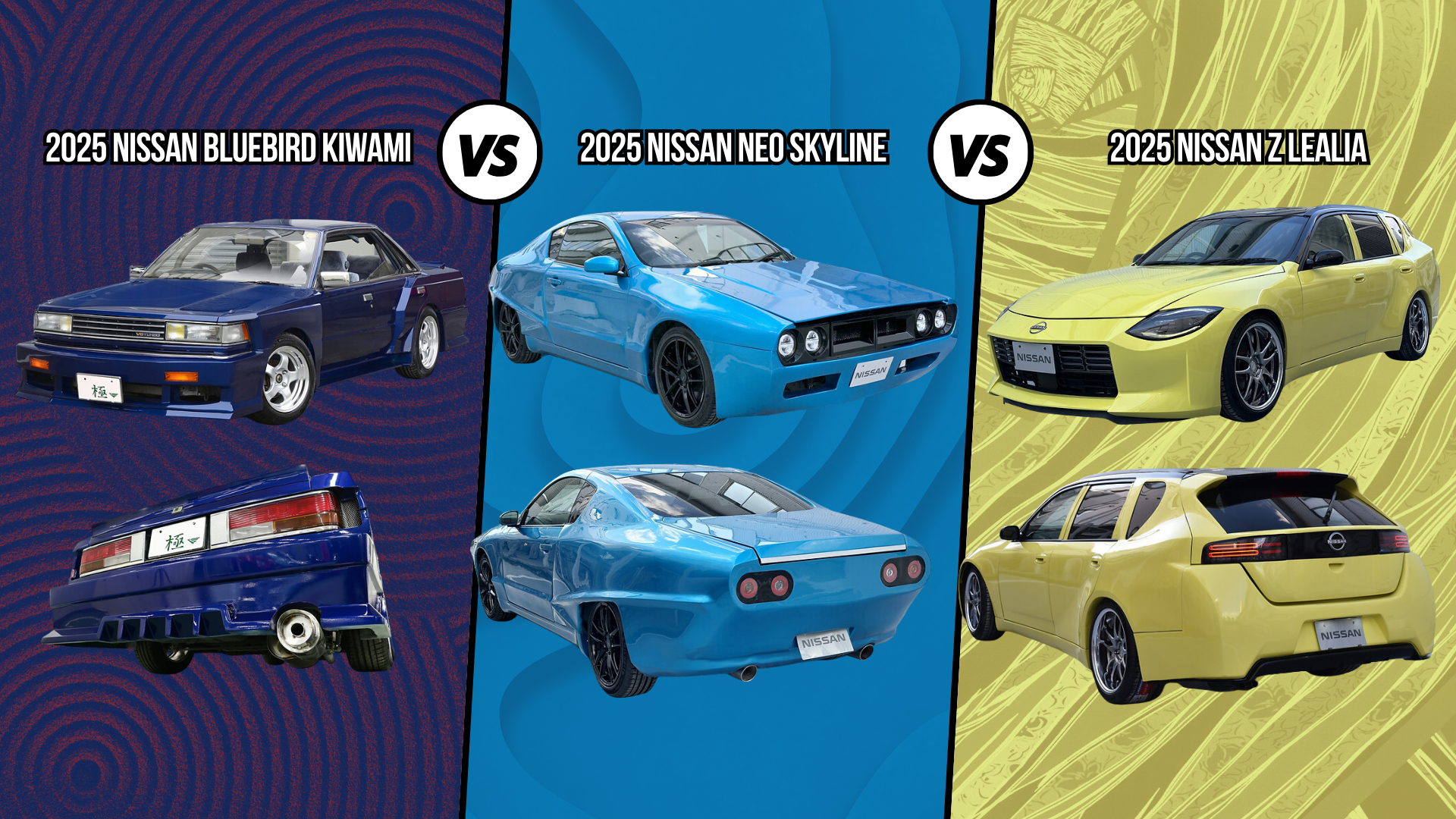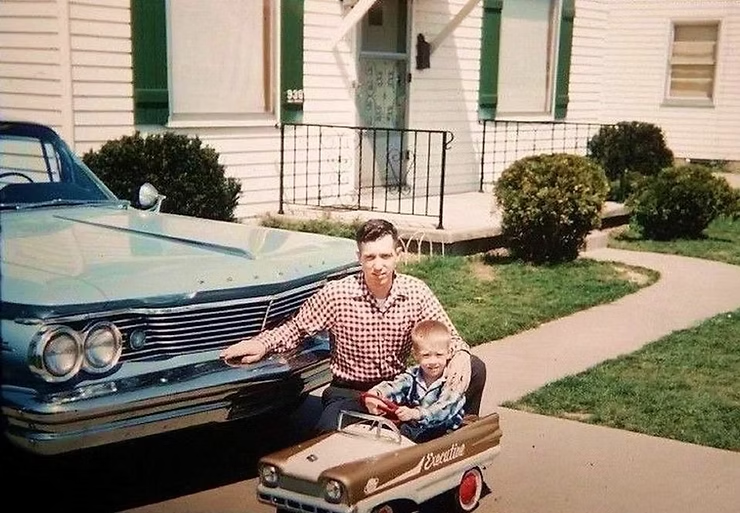1769–1770 Nicolas Cugnot's Steam-powered Vehicles
- Story Cars
- Dec 12, 2024
- 3 min read
Nicolas-Joseph Cugnot, a French inventor and military engineer born on February 26, 1725, in Void-Vacon, Lorraine (now Meuse), France, holds a remarkable place in history as the creator of the world's first full-sized, self-propelled mechanical land vehicle. Known as the "Fardier à vapeur", this invention is widely regarded as the first automobile.
Early Background and Inspiration
Cugnot trained as a military engineer and began experimenting with steam-powered vehicles in 1765 under the auspices of the French Army. His objective was to design a vehicle capable of transporting heavy artillery, such as cannon barrels, without the need for horses. This innovative concept aligned with the army's needs for mechanized transportation.
The First Self-Propelled Vehicle
In 1769, Cugnot successfully developed a small prototype of his steam-powered vehicle. The design was based on a fardier, a robust two-wheeled cart traditionally pulled by horses for hauling heavy equipment. His version featured a three-wheeled configuration: two rear wheels and a single front wheel, which carried the steam boiler and driving mechanism. This layout also included a pioneering system for converting the reciprocating motion of a steam piston into rotary motion through a ratchet mechanism.



The prototype was followed in 1770 by a full-sized model. This version was designed to carry up to four tons and travel a distance of two lieues (approximately 7.8 km or 4.8 miles) in an hour. However, practical performance fell short of these ambitious goals. The vehicle weighed around 2.5 tonnes, and its top speed was estimated at 3.6 km/h (2.25 mph). Its boiler required frequent refueling and reheating, which severely limited its range and operational efficiency.

Design and Challenges
The Fardier à vapeur was notable for its engineering innovations but suffered from significant drawbacks. The vehicle's front-heavy design, with the boiler mounted over the single front wheel, caused instability, making it difficult to steer and prone to tipping. Additionally, the boiler's performance was poor, requiring frequent relighting and steam regeneration approximately every 15 minutes.
Despite these challenges, the design demonstrated the potential of steam as a power source for land vehicles. The fardier was trialed in various locations, including Meudon and possibly between Paris and Vincennes. Ultimately, the project was abandoned due to the vehicle's impracticality.
Preservation and Legacy
Although the French Army ended its experiment with Cugnot’s steam vehicles, the significance of his work was recognized. King Louis XV granted Cugnot a pension in 1772 for his innovative contributions. The original Fardier à vapeur was preserved and later moved to the Conservatoire National des Arts et Métiers in Paris, where it remains on display.
In 2010, a working replica of the fardier was built by students from ParisTech in collaboration with Cugnot's hometown of Void-Vacon. The replica validated the feasibility of Cugnot’s original concept and was showcased at the Paris Motor Show before being returned for exhibit in Void-Vacon.
The First Automobile Accident?
Cugnot’s invention is also associated with what is considered the first recorded automobile accident. In 1771, the second prototype allegedly collided with a brick or stone wall, perhaps in a Paris garden or at the Paris Arsenal. Though unverified and first documented decades later, this incident has become part of Cugnot’s lore, with some even claiming he was arrested for dangerous driving.

Later Years and Death
The French Revolution significantly impacted Cugnot’s life. His royal pension was withdrawn in 1789, forcing him into exile in Brussels, where he lived in poverty. Later, Napoleon Bonaparte restored his pension, enabling Cugnot to return to Paris. He passed away on October 2, 1804, leaving behind a legacy as a pioneer of mechanical engineering and the automobile.
Historical Significance
Cugnot’s Fardier à vapeur is a testament to the early ingenuity that laid the groundwork for modern automotive engineering. While limited in practicality, it marked the first step toward the mechanization of land transport and the development of the automobile industry.






